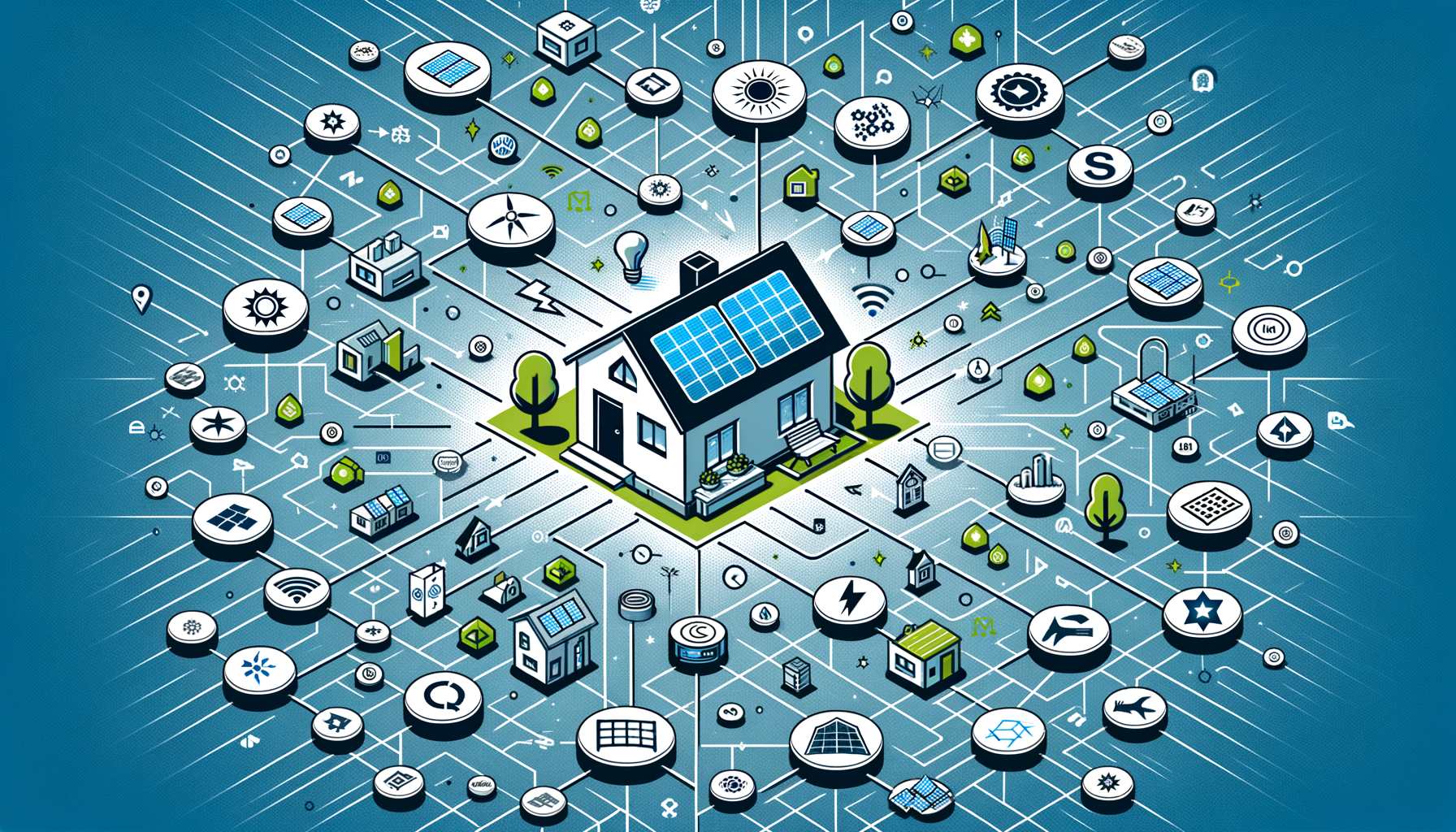The Ultimate Guide to Choosing the Best Solar Panels for Your Home in 2023

Updated 4 months ago
As the urgency to adopt renewable energy sources climbs higher, solar panel technology remains at the forefront of this green revolution. In 2023, homeowners are empowered with more choices than ever when it comes to selecting the right solar panels for their home. This comprehensive guide will detail the best solar panel types, discuss the efficiency and cost of each, and arm you with all the information you need to make a wise investment in solar energy.
Unveiling Solar Panel Types
Monocrystalline Solar Panels
Often characterized by their signature dark black color, monocrystalline solar panels are the epitome of efficiency in solar technology. Crafted from a single, pure silicon crystal, these panels offer top-notch performance, particularly in areas with limited roof space. Their efficiency rates soar above 20%, translating to more electricity generation per square foot compared to other types. This impressive capability, however, comes with a higher price tag, given their more resource-intensive manufacturing process.
Despite the cost, monocrystalline panels are a worthwhile long-term investment. Their lifespan can extend beyond 25 years, providing homeowners with decades of sustainable and cost-efficient energy.
Polycrystalline Solar Panels
Polycrystalline panels, recognizable by their bluish hue and speckled look, are a more budget-friendly option. They're formed from several silicon fragments melted together, a method that yields less waste and thus lower production costs. While their aesthetic may not blend seamlessly onto every rooftop, polycrystalline panels offer reliable performance and a solid efficiency rating between 15% to 17%. When space isn't at a premium, this type may be the most cost-effective choice for residential solar systems.
Thin-film Solar Panels
The most versatile of the bunch, thin-film panels boast a low-profile and flexible design that's suitable for a variety of applications outside the typical residential roof setup. From powering an RV to commercial buildings, thin-film technology is adaptable, albeit with a trade-off in efficiency, typically ranging from 6% to 15%. For those with ample space and less concern for efficiency, or for specialized applications, thin-film panels can be an attractive and affordable solution.
Cost and Efficiency: A Balancing Act
When it comes to choosing the best solar panels, two primary considerations are cost and efficiency. Monocrystalline panels might require a larger upfront investment, but their high efficiency can lead to greater energy savings over time. Polycrystalline options present a middle ground, with a moderate cost and efficiency that may suit a wider range of budgets and energy needs.
It's essential to consider both the short-term and long-term financial impacts of your solar panel choice. A slightly higher initial expense could yield more savings in energy costs, making it a smart financial move in the grand scheme of things.
Putting Solar Panels to the Test
Your solar panels will endure a variety of environmental challenges, from scorching heat to hail storms. Crystalline panels, both mono and poly, are built to withstand the elements, with the ability to brave hail impacts at considerable speeds. Thin-film panels, due to their flexible nature, may be less resistant but can still hold up well under specific conditions.
Answer the Call to Renewable Energy
Choosing the Right Solar Panels for Your Home
Selecting the right solar panels isn't just about today's needs but also about thinking ahead. Assess your energy consumption, roof space, and local weather patterns. Consider the longevity of the panels and the warranty offered. High-efficiency panels may command a higher price, but the energy savings and reduced carbon footprint are invaluable benefits that extend well beyond your own backyard.
Embrace the Solar Movement
As the world progresses toward a greener future, embracing solar energy is a step in the right direction for both the planet and your wallet. With the information provided in this guide, you're now equipped to choose the best type of solar panel that aligns with your home's needs and your environmental goals. Remember, each panel has its unique strengths, and the right choice depends on your specific circumstances.
So, are you ready to take part in the solar movement? Calculate your potential savings and make an informed decision that brightens both your home and your future.


In conclusion, the best type of solar panel for your home is one that meets your specific energy needs, fits your budget, and aligns with your environmental values. Whether you choose monocrystalline, polycrystalline, or thin-film, investing in solar power is a smart move towards sustainable living and energy independence. Ready to make a difference? Use our calculator to get started on your solar journey today!




